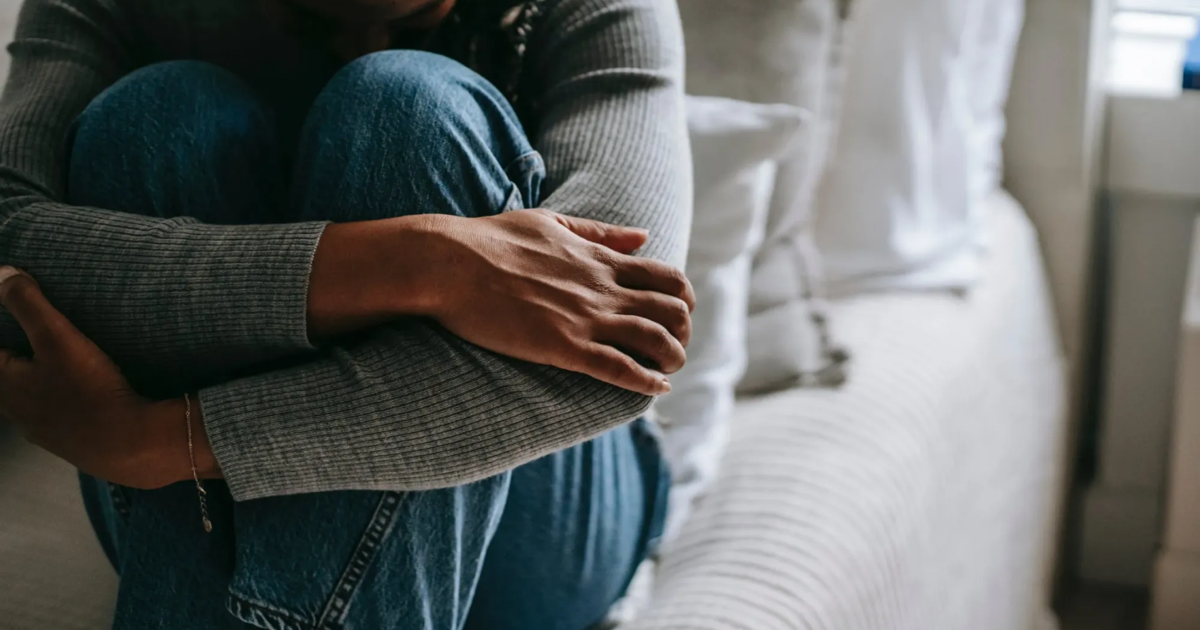
As the number of suicides continue to climb in The Bahamas this year, recognizing the warning signs is particularly crucial.
September is recognized across the world as Suicide Prevention Month.
The issue has gained national spotlight after a recent report by the Ministry of Health found that one in five Bahamian students between the ages of 13 and 18 have attempted suicide, and one in four teens have contemplated suicide.
According to reports by the Royal Bahamas Police Force (RBPF), eight suicides have been recorded for the year so far when compared to eight recorded in 2024.
The RBPF also recorded 32 attempted suicides for the year so far when compared to 50 in 2024.
Dr. Kirk Christie, a consultant psychiatrist, in a column, highlighted some suicidal warning signs that should not be ignored.
“Suicidal individuals often exhibit behavioral and psychological signs that indicate distress,” Christie wrote. “Some common warning signs include expressing a desire to die, making direct or indirect statements about suicide, and withdrawing from social interactions.
“Other signs include increased use of alcohol or drugs, reckless behavior, sleeping too little or too much, and putting affairs in order, such as giving away personal belongings. If a person begins to isolate themselves, avoids previously enjoyed activities, or makes unusual efforts to say goodbye to loved ones, these behaviors should not be ignored.”
He continued: “Family members, friends, and colleagues play a critical role in suicide prevention. If you notice someone displaying warning signs, it is essential to take their words and actions seriously. Listening without judgment, offering emotional support, and encouraging the person to seek professional help can be life-saving. Suicide should never be dismissed as mere attention-seeking behavior; rather, it should be treated as a serious health crisis requiring immediate intervention.”
Steps to takeDr. Christie said taking action when someone is in crisis is vital.
“Encouraging them to speak with a trusted healthcare provider is a good first step,” he said.
“Primary care practitioners, including family physicians, general physicians, and internal medicine specialists, can conduct an initial assessment and provide referrals to mental health professionals as needed. In urgent situations, particularly when an individual has a clear suicide plan and access to means, accompanying them to the emergency room for assessment and care is strongly recommended.”
Suicide prevention involves a multi-faceted approach, according to Dr. Christie, who said it includes education, community support, policy changes, and improved access to mental health services.
Where to go?The Community Counseling and Assessment Centre (CCAC), situated on North Collins Avenue and the corner of Collins House, is a key resource for individuals experiencing suicidal thoughts or emotional distress, Dr. Christie said.
“The center provides professional counseling services, crisis intervention, and support for individuals and families affected by mental health challenges. Anyone in need of assistance can contact the Community Counseling and Assessment Centre at 323-3293/5 to schedule an appointment with a mental health professional. Seeking help is not a sign of weakness but a step towards healing and recovery.”
CrisisEarlier this month, on World Suicide Prevention Day, Public Hospitals Authority (PHA) Chairman Andrew Edwards highlighted the extent of the issue. He said attempted suicide rates amongst teens is a national crisis that requires intervention from all segments of society.
Pointing to the recent report, Edwards noted that, “Suicidal thoughts amongst teens have more than tripled in the past 25 years.”
Edwards added, “Self-harm has nearly tripled. Feelings of loneliness have more than doubled. One in five Bahamians teens have attempted suicide. Nearly one in four has seriously contemplated it.
“These are not faceless statistics. They are our sons and daughters, our classmates, our neighbors, our future. Their pain is real, and their cry is clear. Listen to us. Believe us. Help us.”
Dr. Chrstie said studies have identified various contributing factors to suicide, which include mental illness, social stressors, economic hardship, substance abuse, and personal crises. Suicide is rarely the result of a single factor, but rather a culmination of various pressures that lead an individual to see no way forward. The key to prevention lies in recognizing these warning signs and risk factors, taking action, and ensuring that individuals in crisis receive appropriate care and intervention.
Dr. Christie said understanding the common methods of suicide can also aid in prevention efforts.
“Worldwide, the most frequently used methods include ingestion of pesticides, hanging, and firearms. In The Bahamas, hanging accounts for approximately 64% of suicide cases. Other methods, such as jumping from heights (eight percent) and overdosing on medication (six percent), have also been documented (Dr. David Allen et al). Recognizing these trends is important for implementing targeted interventions, such as improved access to mental healthcare, and crisis intervention programs,” he said.